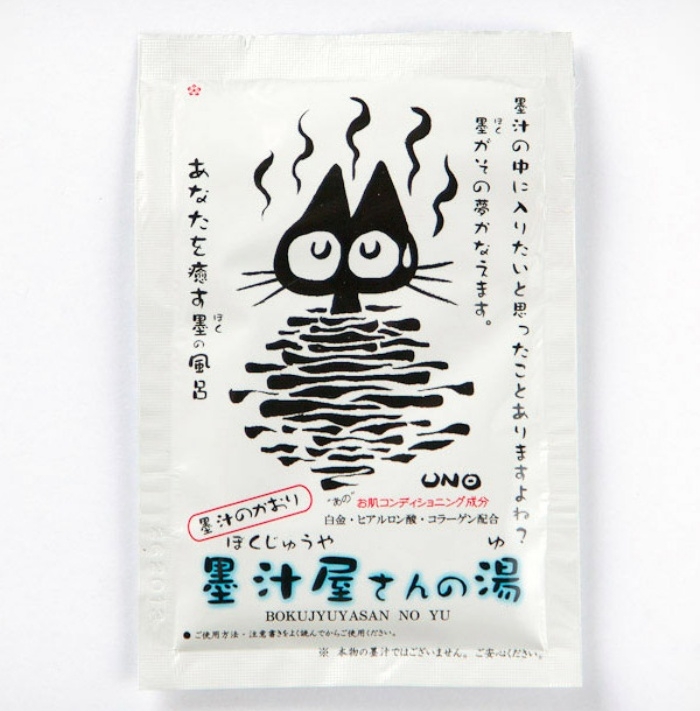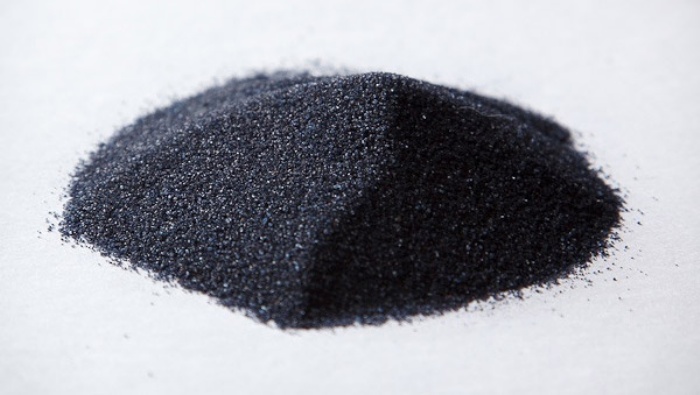Devices with paper-thin or flexible displays have yet to become mainstream. But the researchers behind PrintScreen recently proved that we can make simple but incredibly thin and flexible displays right now, without the need for high end materials or equipment.
Made by Simon Olberding, Michael Wessely and Dr Jürgen Steimle, PrintScreen is based on electroluminescent phosphoric inks, which the researchers say are robust, long-lasting and require low current to operate. The ink is sandwiched between two conductive layers, which are also printed on the chosen substrate. The substrate can be paper, leather, ceramic or more, as long as it’s smooth.
Because of its materials and relatively simple construction, PrintScreen offers lots of advantages. For one, all of the materials, hardware and software needed to make a display are affordable and readily available. You design the display pattern using any vector graphics editing application, such as Adobe Illustrator. You can then print it using a conventional screen printing kit. The researchers say it will take up to four hours to print a display this way, but they also came up with a faster way to print. They made a sheet of paper that’s been pre-printed with the ink and one conductive layer. You can then print your design on that paper using an inkjet printer loaded with conductive ink.
The other advantage of a PrintScreen display is that it’s extremely thin, durable and flexible, making it easy to integrate in a variety of surfaces and shapes. You can even make a capacitive touchscreen by taking advantage of the phosphor layer’s voltage requirements: “The approach is based on the key insight that the phosphor layer only lights up when a high AC voltage is applied on one electrode while the electrode on the other layer is grounded. It does not light up when DC or a low voltage AC (we identified <14 V) is applied, or when one electrode is set to high impedance…By time-multiplexing between a display and a sensing cycle, the electrodes on one, or even on both layers, can be used for sensing.”
While the examples in the researchers’ video and images are monochromatic, it is in fact possible to have a multicolored PrintScreen display; you just have to print multiple layers of phosphoric ink in the colors that you want. Head to Embodied Interaction to read Olberding and company’s full paper on PrintScreen.
[via Gizmodo]














